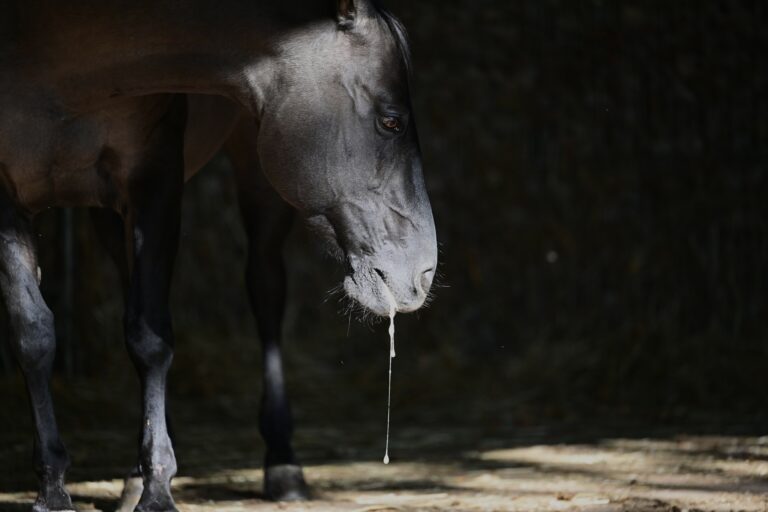
Resistance to deworming medications is becoming more prevalent, especially with cyathostomin parasites. These small strongyles are widely resistant to benzimidazole (BZ) and tetrahydropyrimiidines (TP) such as pyrantel pamoate. Added to this resistance concern is shortened egg-reappearance periods, when horses are treated with macrocyclic lactones (ivermectin or moxidectin), indicating that resistance is developing to those drugs, as well.
A study looked at using two different drug classes at the same time to target the same parasites [Scare, J.A.; Leathwick, D.M.; Sauermann, C.W., et al. Dealing with double trouble: Combination deworming against double-drug resistant cyathostomins. IJP: Drugs and Drug Resistance Dec 2019; https://doi.org/10.1016/j.ijpddr.2019.12.002].
A combination of oxibendazole and pyrantel pamoate initially demonstrated good anti-parasitic efficacy compared to using each drug alone. This latest study combined oxibendazole (OXB) with moxidectin (MOX) given to horses with known OXB resistance but no known exposure to MOX or ivermectin in the past. The study— conducted between April 2016 and December 2018—used 20 University of Kentucky Shetland pony mares with known drug resistance to BZ and TP. Fecal samples were evaluated at the time of treatment and for every two weeks following. Based on body weights (measured by electronic scale), the ponies were dosed at 110% of body weight recommendations. Treatment was done when fecal egg counts exceeded 100 eggs per gram or at 40 weeks post-treatment. Here was the treatment schedule:
- OBZ was given June 21, 2016
- MOX was given Aug 24, 2016
- OBZ + MOX was given Mar 28, 2017 and Jan 4, 2018
- OBZ was given Oct 8, 2018
The results identified that MOX used singly or in combination with OBZ yielded 100% efficacy against BZ resistance and as yet ML naive cyathostomins.
Looking forward in a 40-year computer simulation, deworming with BZ with an efficacy as low as 50% combined with MOX is able to slow development of MOX resistance.
“Overall, the use of MOX-OBZ combination treatment delayed the onset of resistance to MOX compared to when MOX single-active was used,” noted the researchers.
To make this work, the authors stated that it is important to maintain a large refugia population so that “susceptible genetic alleles dilute the resistant alleles surviving treatment.” Refugia is best preserved in free-living stages on pasture, in luminal stages in untreated horses, and in encysted larvae where larvicidal treatment is not used.
In addition, the study observed that “treatments occurring when environmental conditions favor larval development, as for example spring in the Northern Hemisphere, introduce greater selection pressure for resistance.”




